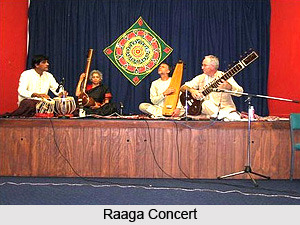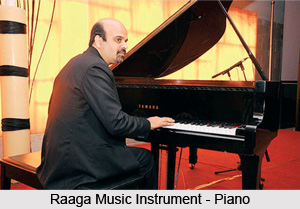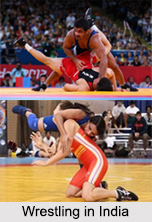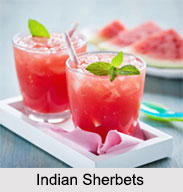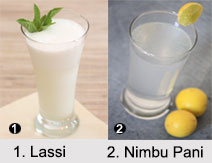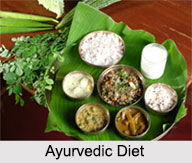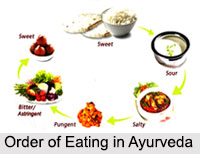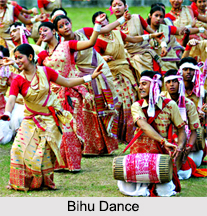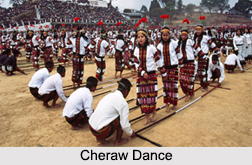 With lush green landscapes, picturesque surroundings, white clouds and mists, the north eastern state of Meghalaya has been rightly called the ‘abode of clouds’. This Indian state is an incredibly beautiful tourist destination and over the years tourism in Meghalaya has proliferated immensely.There are several national parks, wildlife sanctuaries and majestic waterfalls which enhance the beauty of the state. Meghalaya also offers adventure tourism in the form of mountaineering, rock climbing, trekking and hiking, caving and water sports. Discussed elaborately below are the prime activities and places that facilitate tourism in Meghalaya:Cherrapunji: One of the wettest places on Earth, the town of Cherrapunji stands at an elevation of 1,484 m above the misty valleys and foaming rivers, sheltered in swirling clouds and perched on an escarpment. Most of the tourist attractions of Meghalaya are located here in this town, starting with waterfalls to caves and even national parks.
With lush green landscapes, picturesque surroundings, white clouds and mists, the north eastern state of Meghalaya has been rightly called the ‘abode of clouds’. This Indian state is an incredibly beautiful tourist destination and over the years tourism in Meghalaya has proliferated immensely.There are several national parks, wildlife sanctuaries and majestic waterfalls which enhance the beauty of the state. Meghalaya also offers adventure tourism in the form of mountaineering, rock climbing, trekking and hiking, caving and water sports. Discussed elaborately below are the prime activities and places that facilitate tourism in Meghalaya:Cherrapunji: One of the wettest places on Earth, the town of Cherrapunji stands at an elevation of 1,484 m above the misty valleys and foaming rivers, sheltered in swirling clouds and perched on an escarpment. Most of the tourist attractions of Meghalaya are located here in this town, starting with waterfalls to caves and even national parks.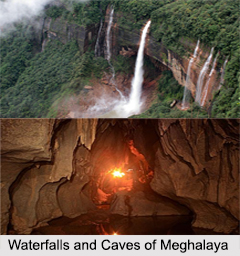 Some of the famous tourist spots in Cherrapunji are the Mawsmai Cave, Krem Mawmluh Cave, Nohkalikai Falls, double decker Living Root Bridge, Seven Sisters Falls, Dainthlen Falls, Krem Phyllut, Thangkharang Park, Eco Park, Kynrem Falls, Motrop or Khoh Ramhah, Dawki, Mawlynnong, Mawsmai Falls, Nongsawlia, Mawsynram, Khasi Monoliths and the Nokrek National Park.
Some of the famous tourist spots in Cherrapunji are the Mawsmai Cave, Krem Mawmluh Cave, Nohkalikai Falls, double decker Living Root Bridge, Seven Sisters Falls, Dainthlen Falls, Krem Phyllut, Thangkharang Park, Eco Park, Kynrem Falls, Motrop or Khoh Ramhah, Dawki, Mawlynnong, Mawsmai Falls, Nongsawlia, Mawsynram, Khasi Monoliths and the Nokrek National Park.Living Root Bridges of Meghalaya: Mostly common in the state of Meghalaya, the Living Root Bridges are handmade from the aerial roots of rubber fig trees and has a life span of up to 500 years. The Umshiang double decker Root Bridge of the Nongriat village is the most popular and is traversed by tourists frequently. There are three known examples of double bridges with two parallel or nearly parallel spans. Out of these, two are in the West Jaintia Hills near the villages of Padu and Nongbareh, and one is in Burma Village, in the East Khasi Hills.
Waterfalls of Meghalaya: The waterfalls of Meghalaya cascade down a great height into the steep mountains and are major tourist attractions. Nohkalikai, one of the tallest waterfalls in India is a major attraction in the state. Some of the other popular waterfalls in Meghalaya are the Elephant Falls, Shadthum Falls, Weinia Falls, Bishop Falls, Langshiang Falls and Sweet Falls.Caves of Meghalaya: The state of Meghalaya is home to few of the longest cave passages in the country. It is seen that a large number of caves in Meghalaya are located in the low mountainous regions of the Garo, Khasi and Jaintia Hills districts. Studies have revealed that out of the ten longest and deepest caves in India, the first nine are in Meghalaya. The Krem Liat Prah is the longest natural cave and Synrang Pamiang is the deepest.National Parks of Meghalaya: There are many parks and wildlife sanctuaries in Meghalaya, some of them are Balpakram National Park, Nokrek National Park as well as the Nokrek Biosphere Elephant Reserve, Siju Bird Sanctuary, Baghmara Pitcher Plant Sanctuary and Nongkhyllem Sanctuary.
To explore more of Meghalaya, visit the link below:
https://www.indianetzone.com/26/meghalaya_tourism.htm
https://www.indianetzone.com/26/meghalaya_tourism.htm
